Visual Signs That You Actually Have Health Problems
In most cases, the sooner you pick up on a health problem the better for you, as it can be treated and hopefully cured more quickly as well. Letting a problem worsen over time is the worst thing you could do and it could end up being something that you bitterly regret in the future.This means that it is a good idea to be aware of any of the visual signs that could show that you need to get checked out by a doctor. So what are the big warning signs that could show you that you had a possible health problem?
Acne
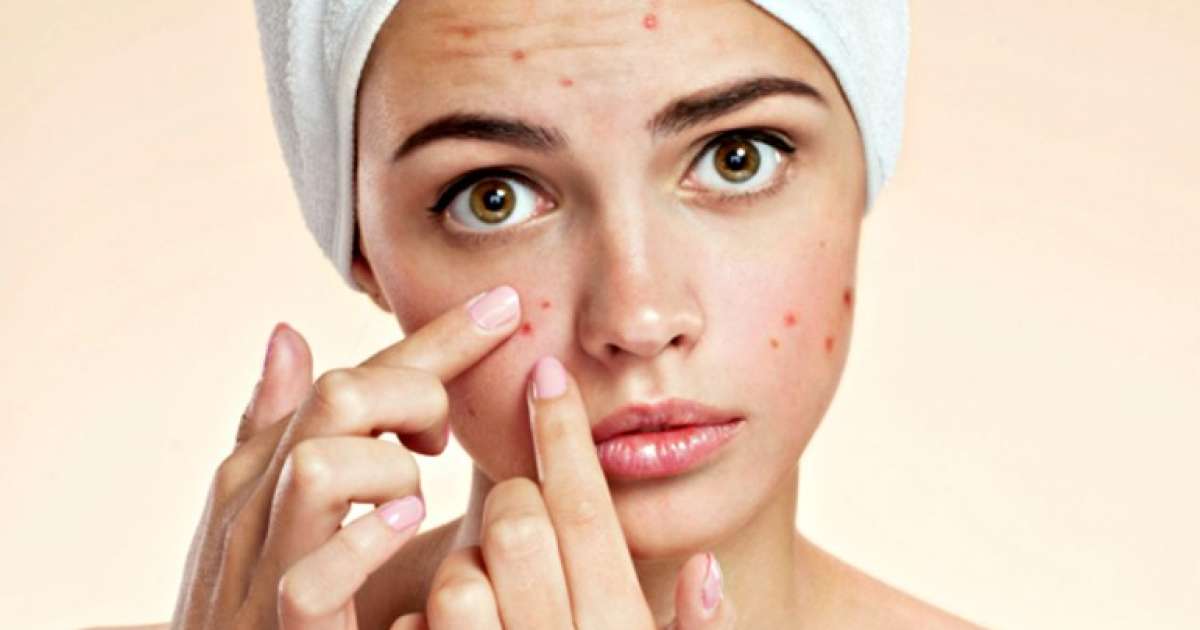
Acne is primarily a condition that is started from hormonal changes by the male androgenic hormones, which normally become active only during the early stages of your life (teenager years). It can often times become very sensitive and may be an indication of infection from other bacteria that has come in contact with the skin. Fatty acids and oil glands can cause acne on your face, arms, legs, chest and back. These areas are known predominantly as the sites of oil glands.
Acne is often referred to as whiteheads or blackheads. They appear as small lumps or nodules and can be also known as a cyst. Acne is a normal to occur in people of all ages. It is good to know that certain conditions may increase the aggravation of pimples such as fluctuating hormone levels around the time of the women menstrual cycle, picking at pimples and clothing (rough clothing).
You can usually treat acne and pimples by using over the counter treatments. These treatments will be typically applied to the skin and should greatly help with the irritation.
Yellow Tinge On Your Skin
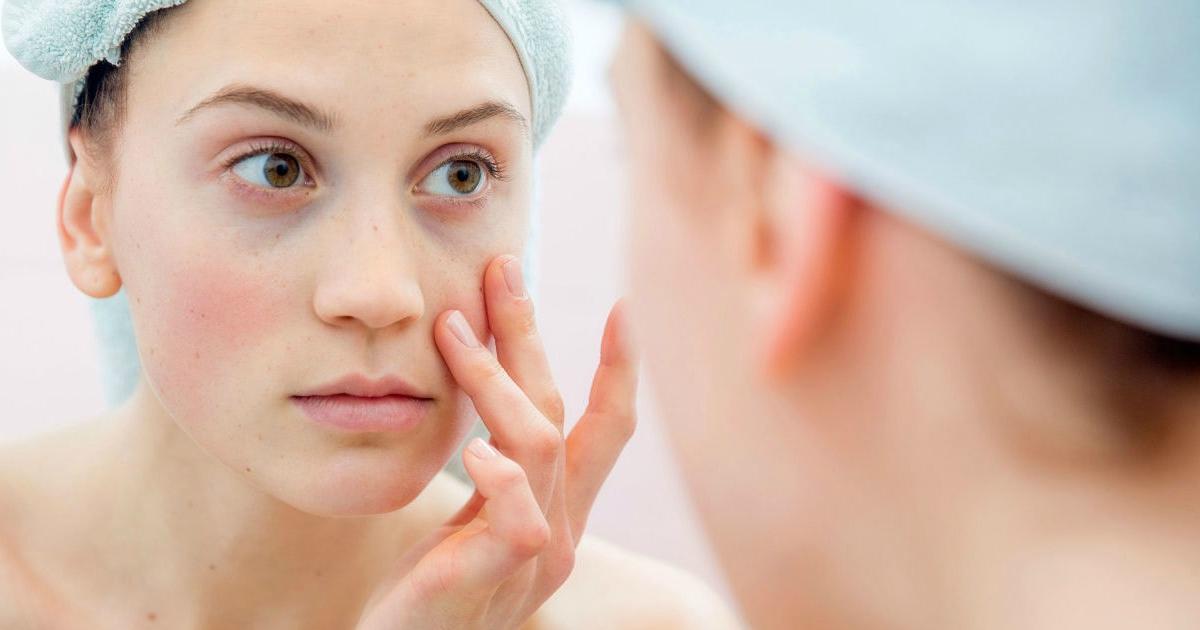
A yellowish tinge to your skin and eyes can mean many things that can range from light health issues to much more serious ones. Yellow tinge in your skin pigment could mean that you have some form of liver disease, hepatitis or maybe jaundice. Make sure you seek consultation from a doctor if you notice a change in color.
The slightly noticeable color change might be the only symptom you or anyone else may notice and you might feel fine, but don’t ignore this sort of change in your appearance if you do happen to notice it. The sooner you get it checked out the better.
Infant jaundice is a common condition, particularly in babies born before 38 weeks gestation (preterm babies) and some breast-fed babies. Infant jaundice usually occurs because a baby's liver isn't mature enough to get rid of bilirubin in the bloodstream. In some cases, an underlying disease may cause jaundice.
Bad Feet
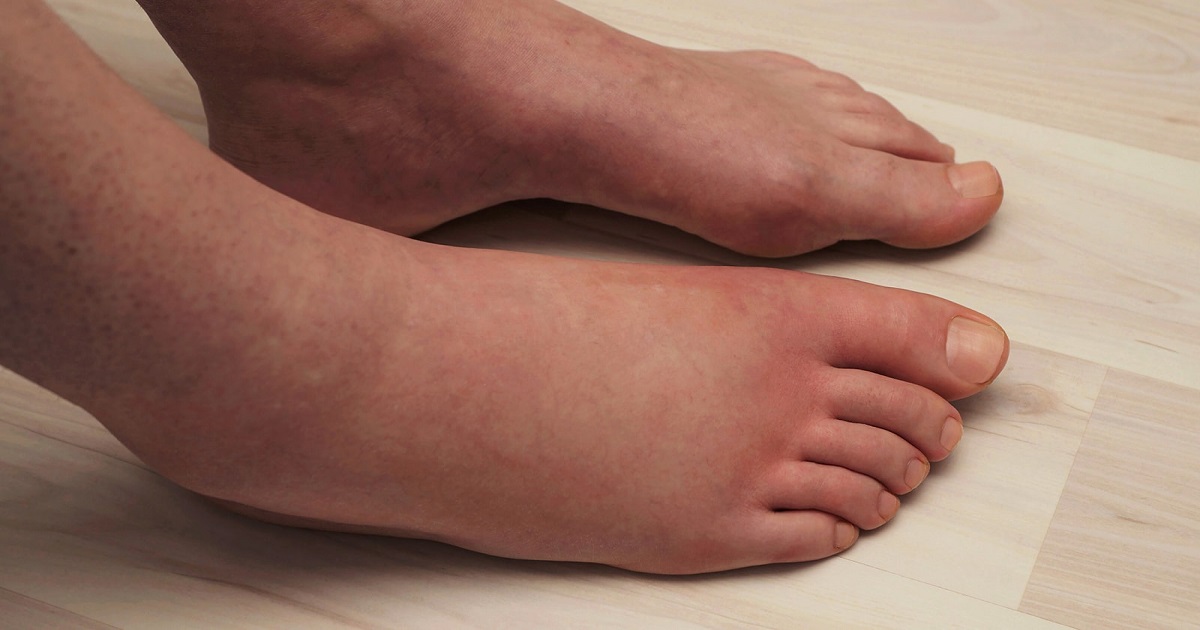
Cracked, dry skin can be caused by various conditions, including general dry skin, allergic reactions, eczema, and other forms of dermatitis. Feet are especially vulnerable to fungal infections because they lack oil producing glands that can inhibit the growth of fungus, and because they tend to be moist and warm — the perfect environment for funky foot fungi. If you do have athlete's foot, you are right in thinking that petroleum jelly or other moisturizers are doing more harm than good.
Athlete's foot (also known as tinea pedis by docs and jocks) is a fungal infection that can be tricky to diagnose because of its wide range in severity and symptoms. Most often, in mild cases, affected skin thickens and becomes scaly and itchy. As the infection progresses, blisters can form, and skin, especially between the toes, can become cracked and peel.
Moreover, cracked skin can be prone to infections. Maintaining dry, clean feet and wearing fresh, dry socks (made of 100 percent cotton or with a synthetic material that wicks away moisture) or open toe shoes will help slow the growth of fungus. An over-the-counter athlete's foot treatment, used as directed, should clear up the problem if it is a fungal infection — and not make matters worse if it isn't.
Cold Sores
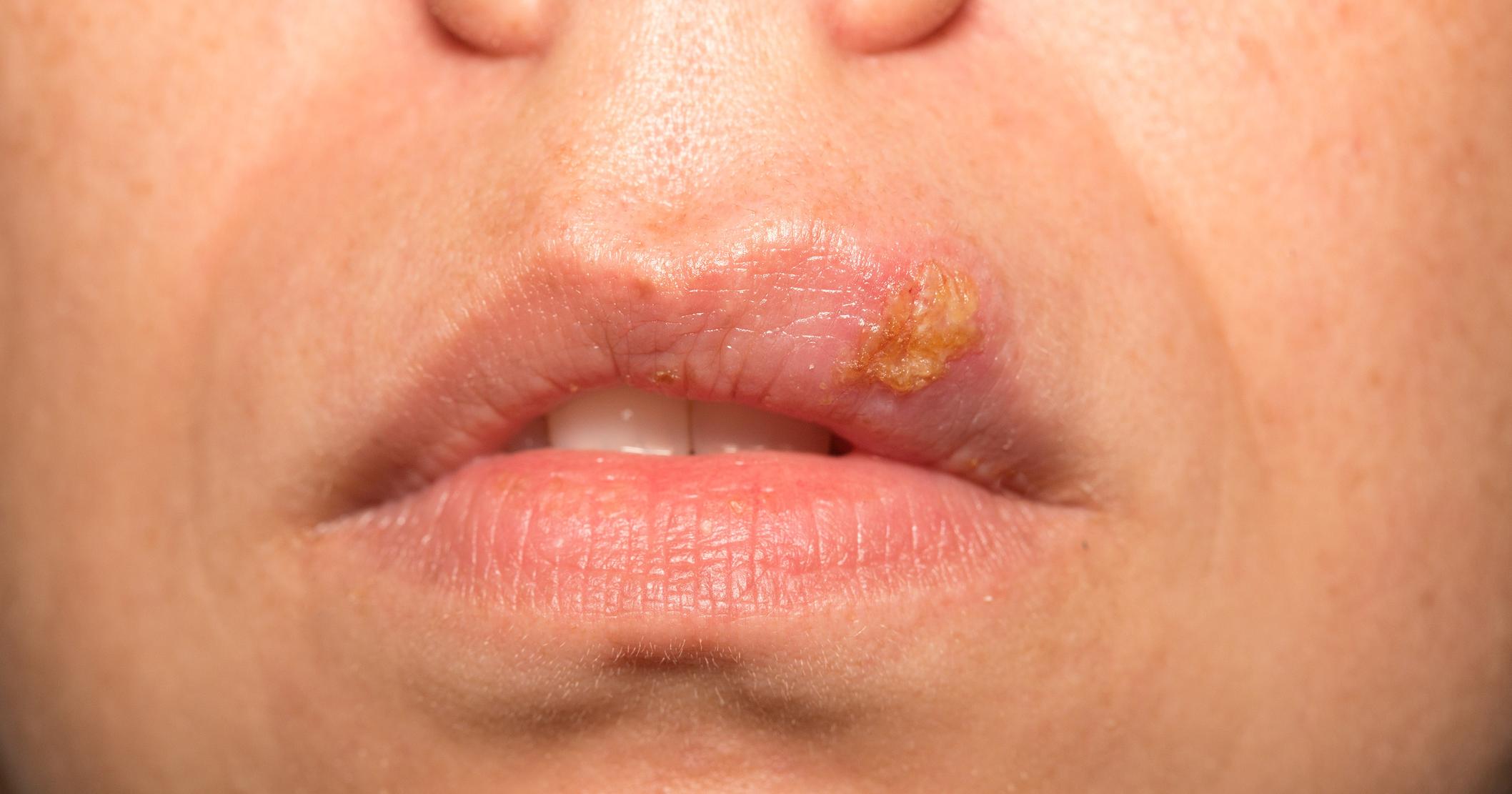
Cold sores and fever blisters are caused by herpes simplex virus type 1 (HSV-1). This virus is passed from person to person by saliva (either directly, or by drinking from the same glass or cup) or by skin contact. Cold sores usually appear as clusters of tiny blisters on the lip. About 8 out of 10 people have the virus that causes cold sores. Most people are first infected before they are 10 years old.
After this first infection, the virus remains dormant (inactive) in the nerves of the face. In some people, the virus becomes active again from time to time. When this happens, cold sores appear. HSV-1 can get active again because of a cold or fever.
Stress also can lead to a cold sore outbreak. This includes mental and emotional stress, as well as dental treatment, illness, trauma to the lips or sun exposure. HSV-1 also can infect the eyes, the skin of the fingers and the genitals. Most genital herpes infections are caused by herpes simplex type 2 (HSV-2), however.
Freckles
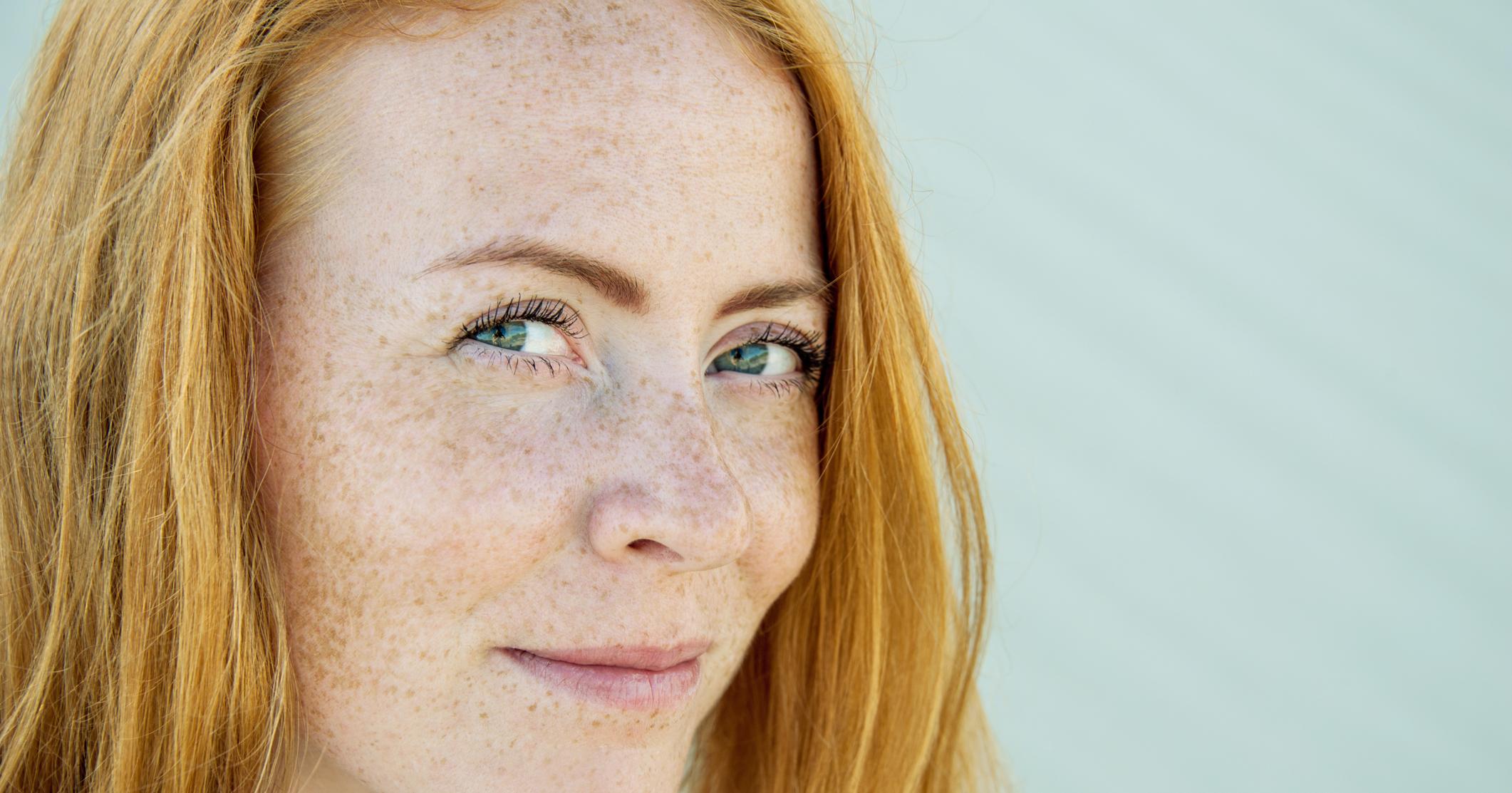
Believe it or not, many people still wonder whether or not freckles are something that are always cancerous or if they are just beauty marks. In fact many people wonder just what exactly freckles are. Freckles are small or large spots on your skin that are slightly dark or much darker than the rest of your skin. They can be very mild in some people who might only have a few located on their face, or in some cases they are covering someones entire body from head to toe.
Freckles are smooth and do not appear as growths on your skin, so don't mistake these for moles or growths that could be cancerous. If you have a dark spot that is bumpy or raised up from the skin surface, it is a mole. To be on the safe side, be sure to consult a dermatologist or health practitioner as soon as possible.
There are many different types of freckles, they may be different colors like light or dark brown, red or tan. It depends entirely on the person's genetic makeup, some freckles may even be yellow in some rare cases. They aren't all bad right? So what exactly causes freckles you ask?
Freckles are the result of a group of skin cells clumping together to create large amounts of melanin or pigment. These spots are not painful to the touch and can increase by exposing unprotected skin to the sun. So don't be afraid of new freckles appearing out of nowhere, if you do see some that you are worried about, consult your physician or dermatologist to be on the safe side.
Small Hemorrhages on Hands
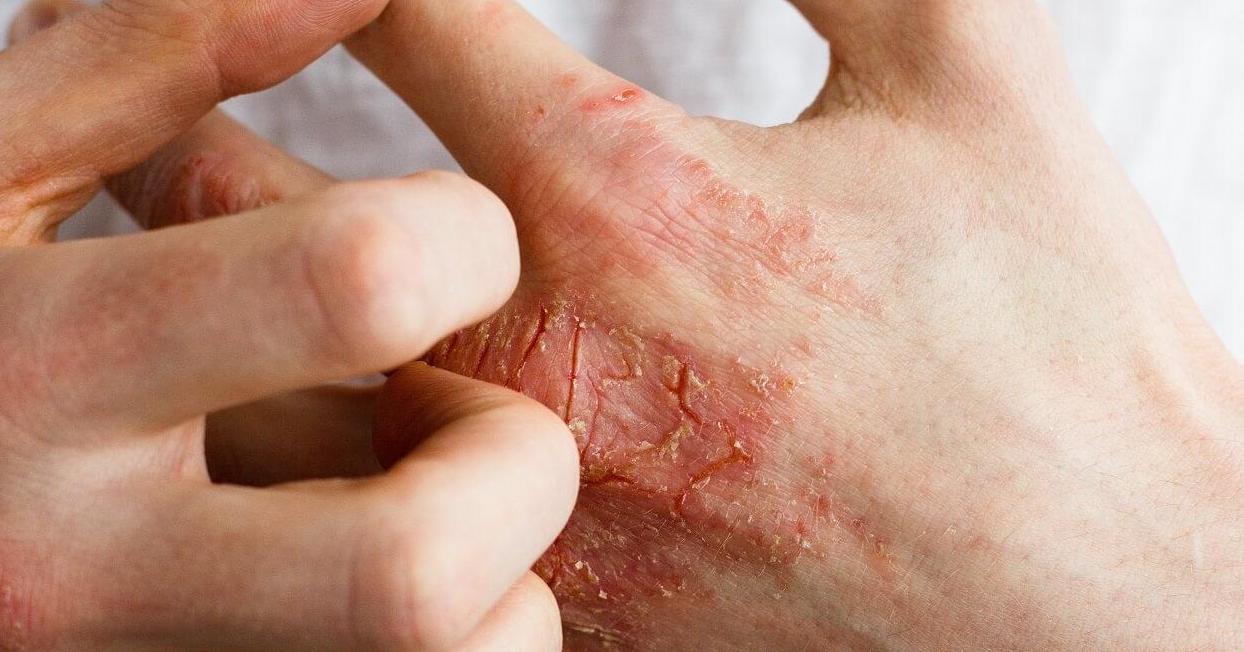
If you can see small hemorrhages under your fingernails and can’t think of any recent injury that could have caused them, then it could be a sign of health problems. You fingernails can tell many things about your health whether it be good or poor, so be sure to pay close attention to them.
In this case, the potential issue could be a problem with your heart’s valves which is known as endocarditis and that needs to be looked at immediately by a qualified health practitioner like your doctor. This is a potentially serious health concern that should never be ignored.
Endocarditis generally occurs when bacteria or other germs from another part of your body, such as your mouth, spread through your bloodstream and attach to damaged areas in your heart. Left untreated, endocarditis can damage or destroy your heart valves and can lead to life-threatening complications. Treatments for endocarditis include antibiotics and, in certain cases, surgery.
White Rings Around Corneas in Eyes

White or white-ish rings around the cornea of the eye are known as arus senillis. It is relatively normal to see this in people over 30 but it is more worrying in younger people as they are a possible sign of high cholesterol.
Cholesterol is a waxy substance that comes from two sources: your body and food. Your body, and especially your liver, makes all the cholesterol you need and circulates it through the blood. But cholesterol is also found in foods from animal sources, such as meat, poultry and full-fat dairy products. Your liver produces more cholesterol when you eat a diet high in saturated and trans fats.
If you are under 30 and can see this then don’t let it pass by without doing something about it. You may want to contact your doctors office to consult with them. It may take some time to book an appointment with your doctor so be sure to give yourself plenty of time.
This is not a symptom you want to hide from. Be conscious of your health and make sure you take proper care of your vision. Eyes are a very important part of the human body.
Bloodshot Eyes

We all get bloodshot eyes at some point, often after a late night or a few drinks too many. It isn’t usually a major concern but you should get it checked if your eyes are sore or you have impaired vision at the same time, as it could be the sign of an underlying health problem.
Sometimes, a bright red spot, called a sub conjunctival hemorrhage, will appear on the white of the eye. This often happens after straining or coughing, which causes a broken blood vessel on the surface of the eye.
Most often, there is no pain andyour vision is normal. It is almost never a serious problem. Because the blood leaks into the conjunctiva, which is clear, you cannot wipe or rinse the blood away. Like a bruise, the red spot will go away within a week or two.
Pale Skin
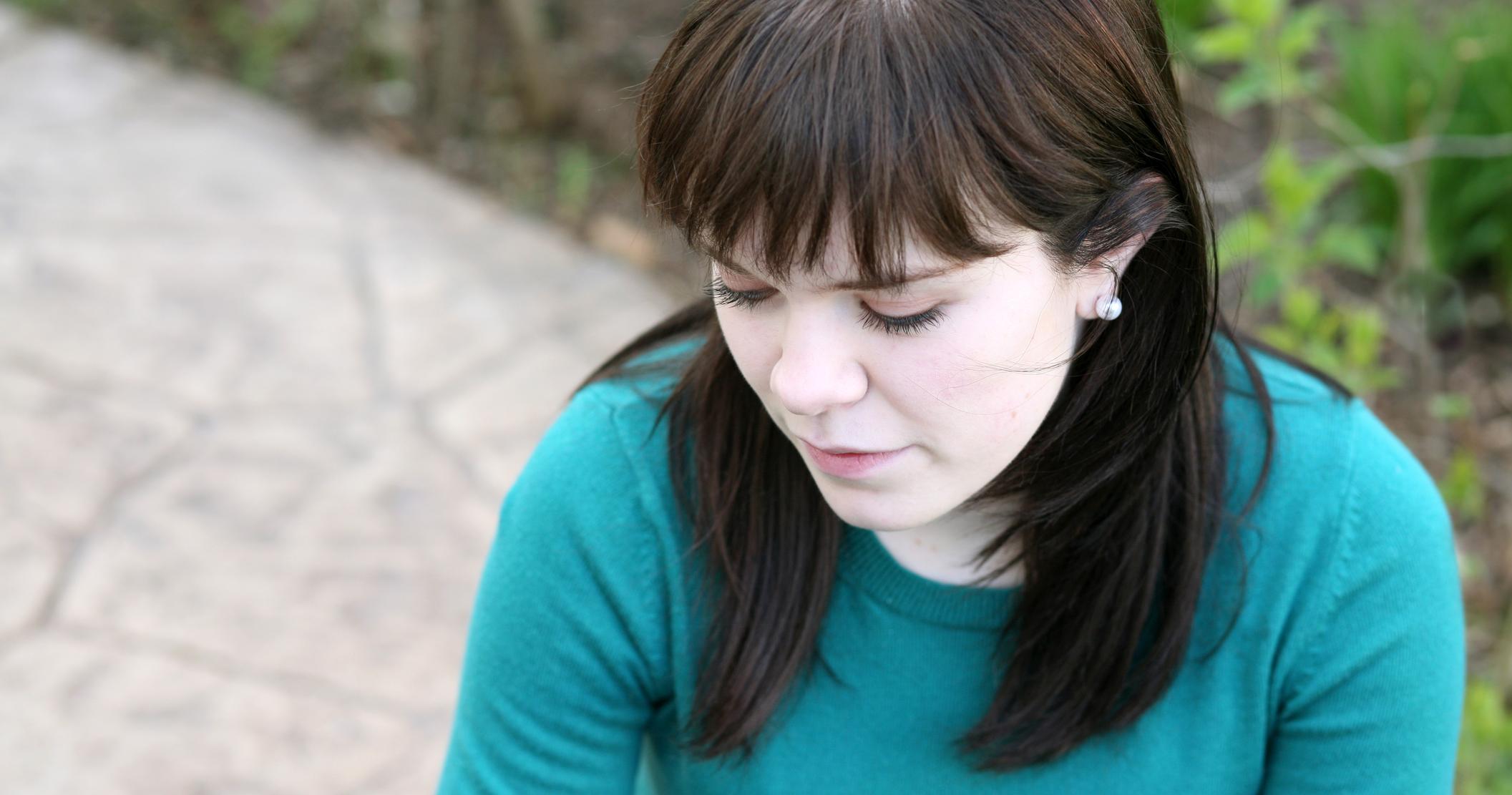
If your skin is a good deal lighter than its normal color or tone, then this could be due to reduced blood flow or a reduction on your body's red blood cell production. Skin pigment is often something you can look at to get an indication of whether or not youshould seek nutritional advice or medical advice from a doctor for health concerns.
If you have anemia, your blood does not carry enough oxygen to the rest of your body. The most common cause of anemia is not having enough iron. Your body needs iron to make hemoglobin. Hemoglobin is an iron-rich protein that gives the red color to blood. It carries oxygen from the lungs to the rest of the body.
Anemia is one possible reason for this happening and something you will want to have checked out as soon as you can.Other people might not even notice this change but if you do then you need to do something about it.
Butterfly Rash on Cheeks
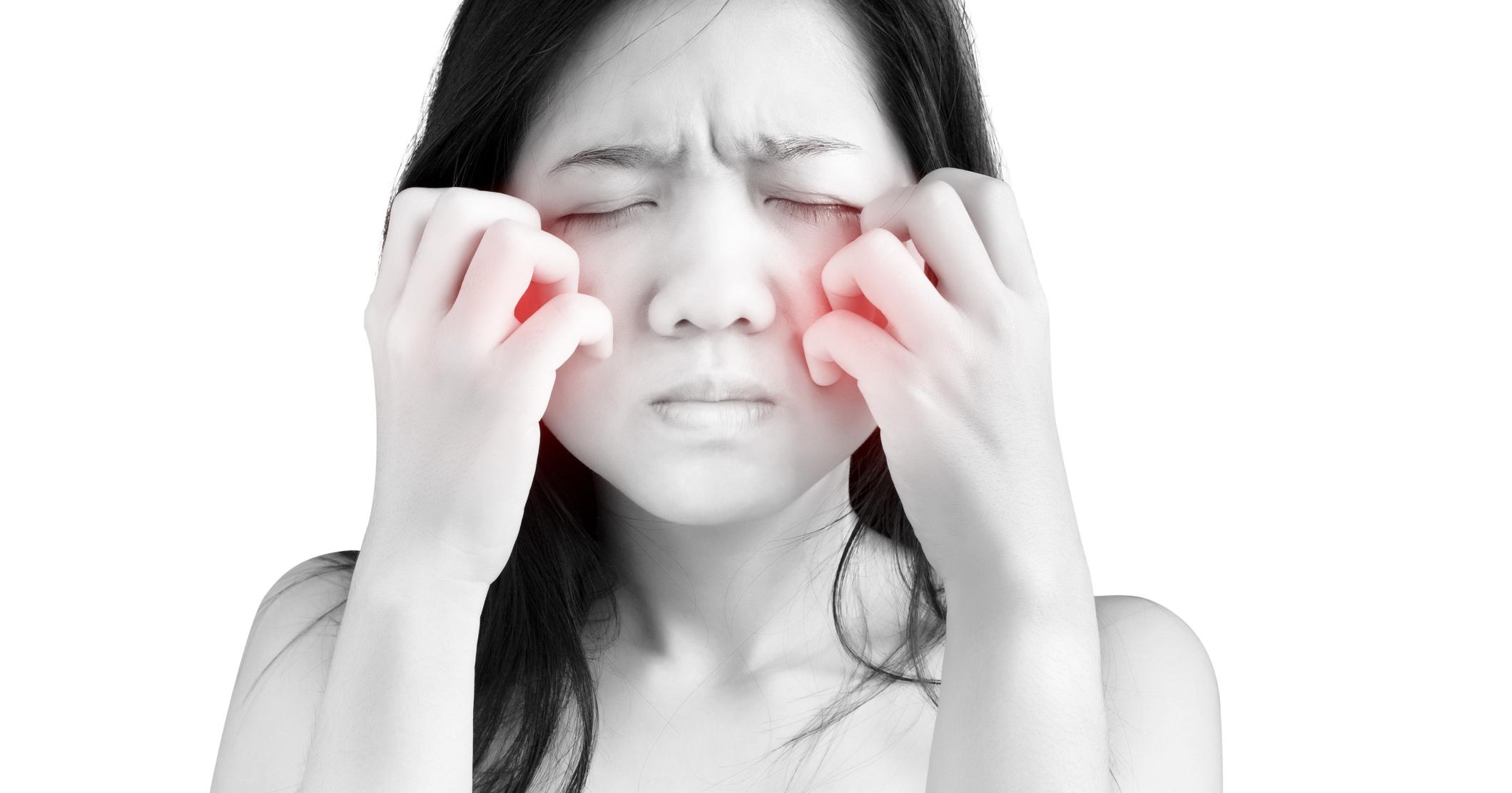
The butterfly rash of lupus is typically painless and does not itch, so its definitely a visual health sign you should never take lightly or ignore. More often this visual health sign can be mistake for simple flush cheeks or redness of the cheeks due to a temperature spike from a possible fever, however this can be much more serious.
Along with inflammation in other organs, the butterfly rash of lupus can be precipitated or worsened by exposure to sunlight, a condition called photosensitivity. The photosensitivity can be accompanied by a worsening of inflammation throughout the body, causing a "flare" of the disease.
Rashes are often quick to appear and equally fast to disappear without any other problems.However, the distinctive butterfly shaped rash can be an indicator of lupus erythematosus. There are other possible causes for it as well but you should definitely get a doctor to check it out.
Tripe Palms
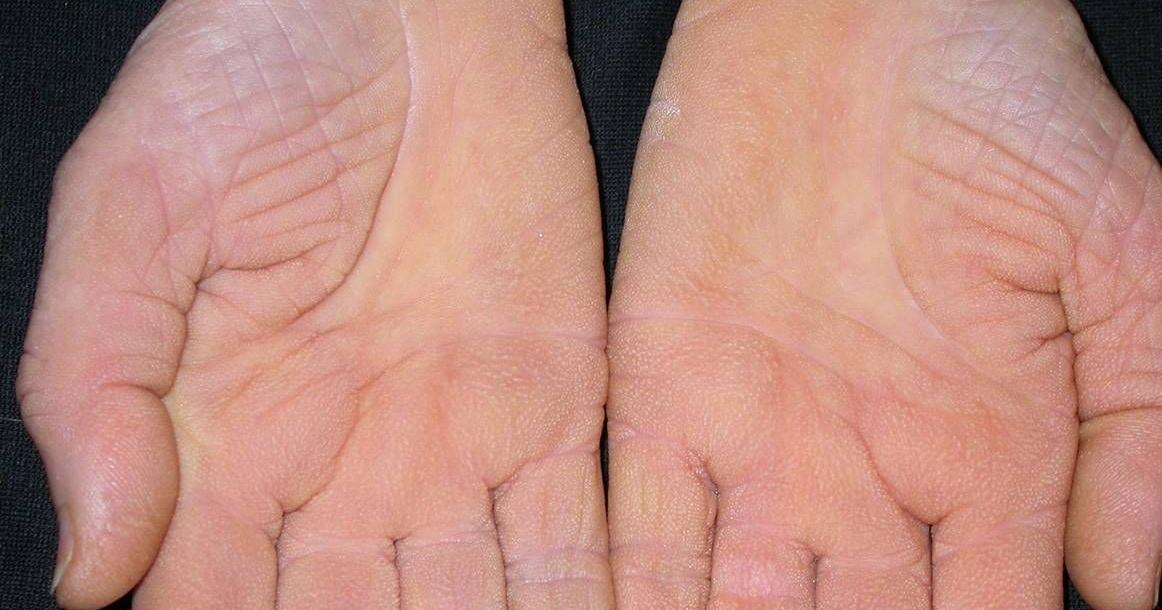
Tripe palms are characterized by thickened velvety palms that have the appearance of tripe, also similar to that of the stomach lining of beef, pork, or sheep. This visual health sign is a problem that can't easily be ignored and most definitely shouldn't be taken lightly.
Approximately 90% of cases of tripe palms are associated with internal malignancy. This skin disease is very rare, so don't stress about it too much. It usually occurs before the diagnosis of thecancer, but may arise during any point in the course of the malignancy.
With this visual sign, the sufferer’s hands thicken and are said to resemble the food called tripe, which is a sort of boiled offal.It is typically the sign of an internal problem needing checked out as soon as possible by your health practitioner rather than something you can safely ignore.
Moles on Skin
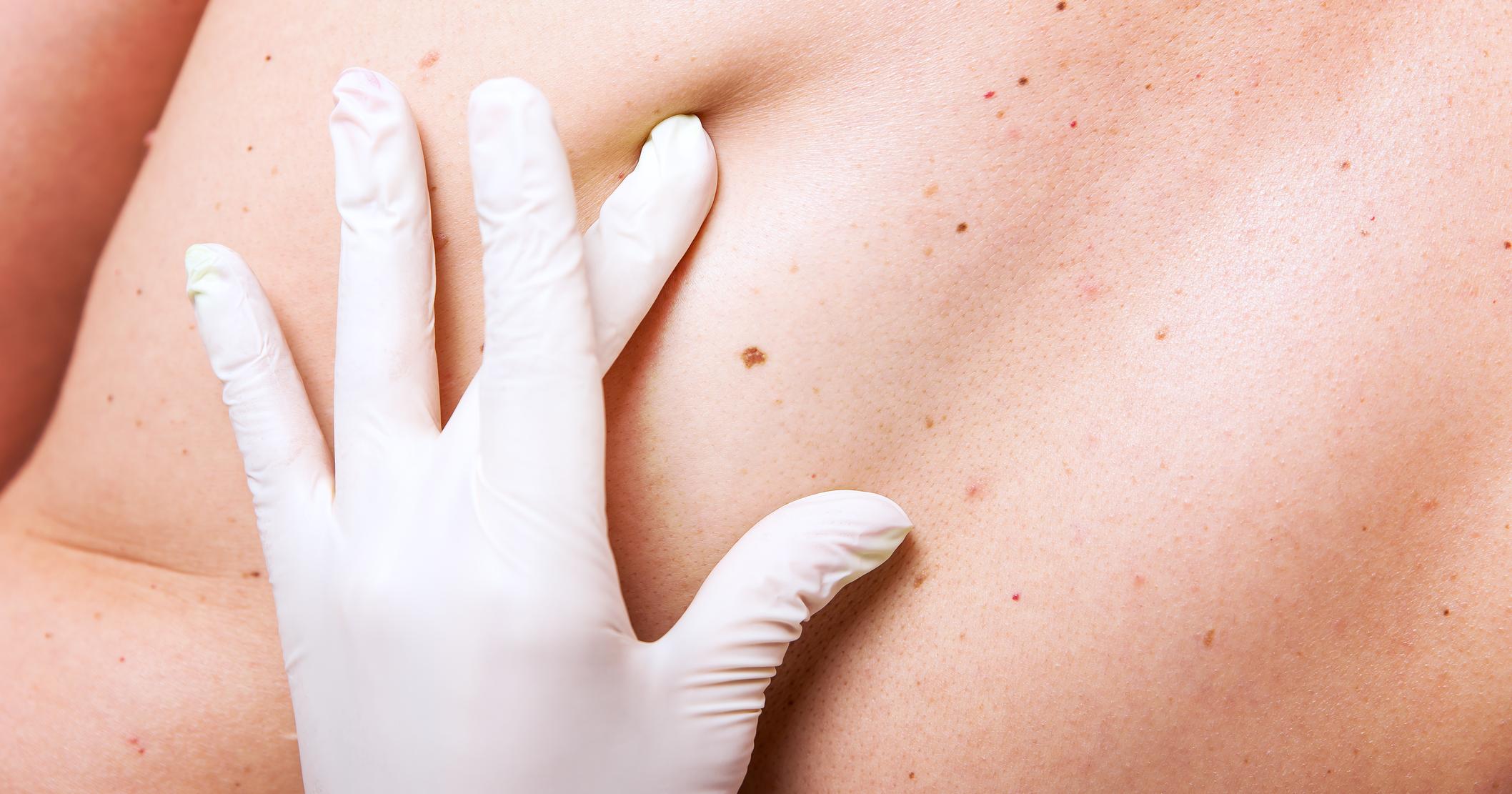
Moles are a common type of growth on the skin. They often appear as small, dark brown spots and are caused by clusters of pigmented cells. Moles generally appear during childhood and adolescence. Most people have 10 to 45 moles, almost all of which appear before age 40. Some moles may fade or disappear as you age.
It can be extremely difficult to work out whether a mole is harmless or not on your own. Having said that, you should be on the lookout for new or changing moles that need to get an expert opinion on whether or not they are something more serious or not.
Some moles can be a sign of skin cancer or other health problems, which is always something to take very seriously, although there is also a good chance that they could be nothing to worry about at all. You're always best to have a dermatologist check them out if you're concerned about any skin changes.
Body Hair Changes
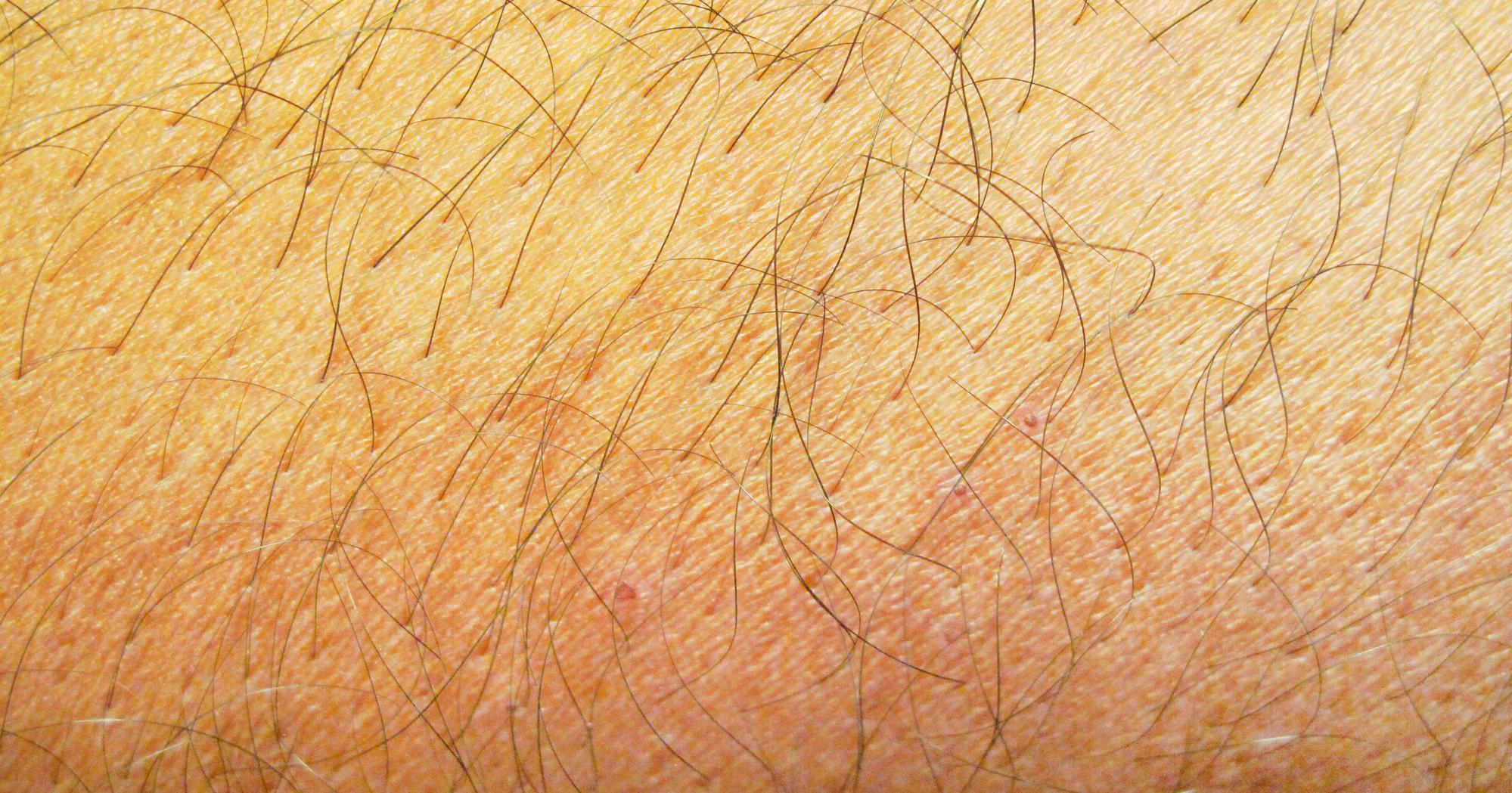
All body hair that sprouts during puberty—think hair on your underarms, genitals, and chest hair on guys—is controlled by hormones. Since our estrogen levels drop as we reach middle to later age, body hair growth corresponds by becoming sparser and thinner, too. In fact, most people will see a significant slow down in the production of leg and arm hair.
Having more or less body hair than before can mean that you have a problem with your hormones. If you experience visual changes in body hair as you get older, don't wait too long before you get an expert opinion, especially if the change is extreme.
In men this usually means less body hair, while women may have more. Not fair right? In either case, it is something to get checked out in order to see what treatment could be needed if any.
Your Waist Is Bigger Than Your Hips

Heart disease describes a range of conditions that affect your heart. Diseases under the heart disease umbrella include blood vessel diseases, such as coronary artery disease; heart rhythm problems (arrhythmias); and heart defects you're born with (congenital heart defects), among others.
Men who have a waist that is bigger than their hips are said to be at more risk of heart disease than other people. In most cases this is a very apparent visual sign of being unhealthy in a few different ways.
It can also be seen as a sign of vulnerability to type 2 diabetes in some cases. As common as this visual health sign is, it's never something that should be left on the back burner. Even if its a gradual change, always consult your physician at least once a year to make sure you know exactly what the physical change to your body means.